Breast
1: Are Nodal ITCs After Neoadjuvant Chemotherapy An Indication For Axillary Dissection? The OPBC-05/EUBREAST-14R/ICARO study
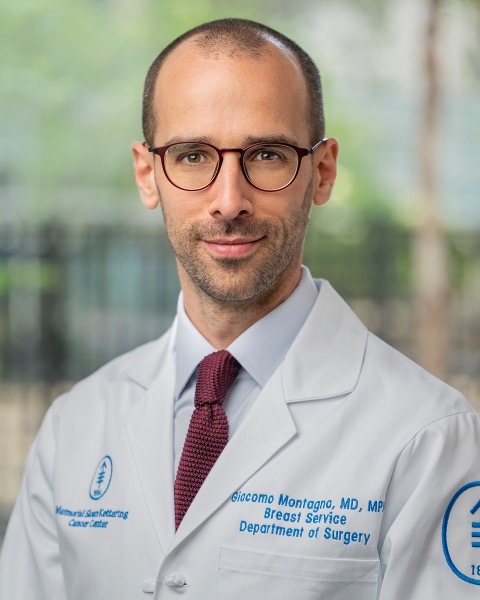
Giacomo Montagna, MD, MPH
Assistant Attending
Department of Surgery, Memorial Sloan Kettering Cancer Center, New York, NY, USA
New York, New York, United States
Giacomo Montagna, MD, MPH
Assistant Attending
Department of Surgery, Memorial Sloan Kettering Cancer Center, New York, NY, USA
New York, New York, United States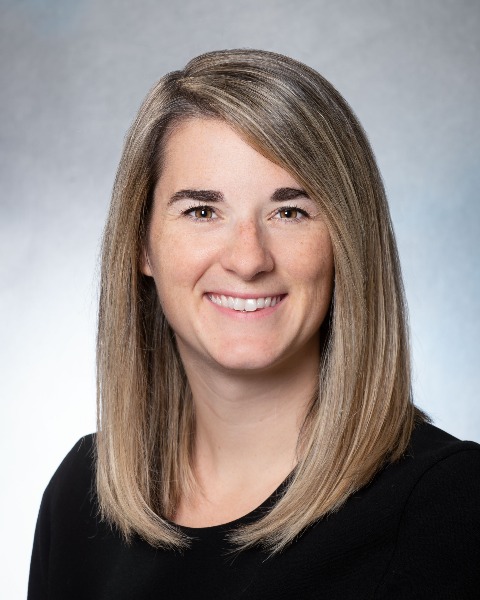
Alison Laws, MD, MPH
Assistant Professor
Division of Breast Surgery, Department of Surgery, Brigham and Women's Hospital/Dana-Farber Cancer Institute, Boston, MA, USA
Boston, Massachusetts, United States- JP
Jessica M. Pastoriza, MD
Assistant Professor, Division of Breast Surgery
Department of Surgery, Montefiore Medical Center, Albert Einstein College of Medicine, Bronx, NY, USA, United States - MV
Marie-Jeanne Vrancken Peeters, MD, PhD
Department of Surgery
Stichting HET Netherlands Kanker Instituut-Antoni van Leeuwenhoek, Amsterdam, Netherlands, United States - MF
Massimo Ferrucci, MD, PhD
Veneto Institute of Oncology
Padua Italy, United States 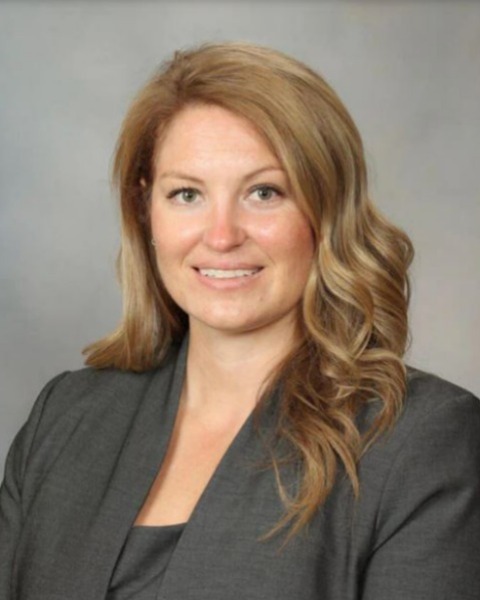
Mary M. Mrdutt, MD, MS
Assistant Professor of Surgery
Division of Breast and Melanoma Surgical Oncology, Department of Surgery, Mayo Clinic, Rochester, MN, USA
Rochester, Minnesota, United States- GC
Güldeniz Karadeniz Cakmak, MD, FEBS
Professor, Head of General Surgery Department
Zonguldak Bulent Ecevit University, School of Medicine, Department of General Surgery, Zonguldak, Turkey, United States - HB
Hakan Balbaloglu, MD
Assistant Professor
Zonguldak Bulent Ecevit University, School of Medicine, Department of General Surgery, Zonguldak, Turkey, United States - NB
Nuran Bese, MD
Department of Clinical Senology
Research Institute of Senology Acibadem, Istanbul, Turkey, United States - NC
Neslihan Cabioğlu, MD
Professor
Department of General Surgery, Istanbul Faculty of Medicine, Istanbul University, Istanbul, Turkey, United States 
Claire M. M. Eden, MD
Department of Surgery
New York Presbyterian, Weill Cornell Medicine, New York, NY, USA
New York, New York, United States- CH
Callie Hlavin, MD, MPH
Department of Surgery
University of Pittsburgh Medical Center, Pittsburgh, PA, USA, United States 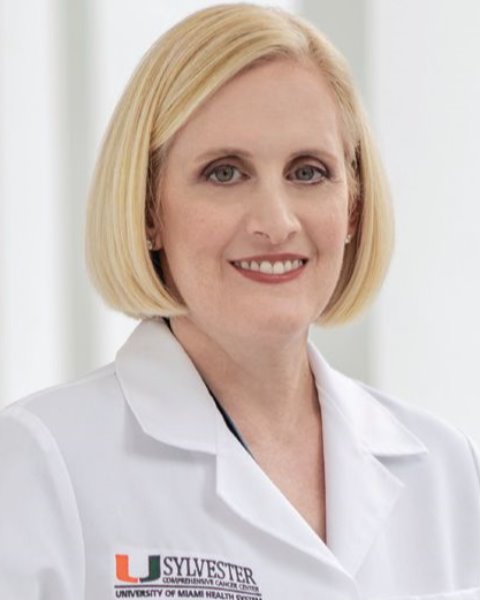
Susan B. B. Kesmodel, MD, FACS
Professor of Surgery
Department of Surgery, Division of Surgical Oncology, University of Miami Miller School of Medicine, Miami, Florida, USA
Miami, Florida, United States- TM
Tehillah S. Menes, MD
Department of Surgery
Sheba Medical Center, Tel Hashomer, Israel; Faculty of Medicine, Tel Aviv University, Tel Aviv, Israel, United States - SS
Susie X. Sun, MD
Assistant Professor
Department of Breast Surgical Oncology, The University of Texas MD Anderson Cancer Center, Houston, TX, USA, United States - ET
Ekaterini Christina Tampaki, MD, PhD
National Coordinator for Greece
KAT Athens General Hospital, Department of Plastic, Reconstructive Surgery & Burn Unit, Athens, Greece; National Organization for the Provision of Healthcare Services, Hellenic National Contact Point, Department of Planning and Monitoring of Medicines Dispensing, Medicines Division, Athens, Greece, United States 
Stephanie M. M. Wong, MD, MPH
Assistant Professor
Department of Surgery, McGill University Medical School, Montreal, QC, Canada; Sir Mortimer B. Davis Jewish General Hospital, QC, Montreal, Canada
Montreal, Quebec, United States- JZ
Jennifer Q. Q. Zhang, MD
Assistant Professor
Division of Breast Surgery, Department of Surgery, Perelman School of Medicine, The University of Pennsylvania, Philadelphia, PA, USA, United States .jpg)
Monica Morrow, MD
Breast Service, Department of Surgery
Memorial Sloan Kettering Cancer Center
New York, New York, United States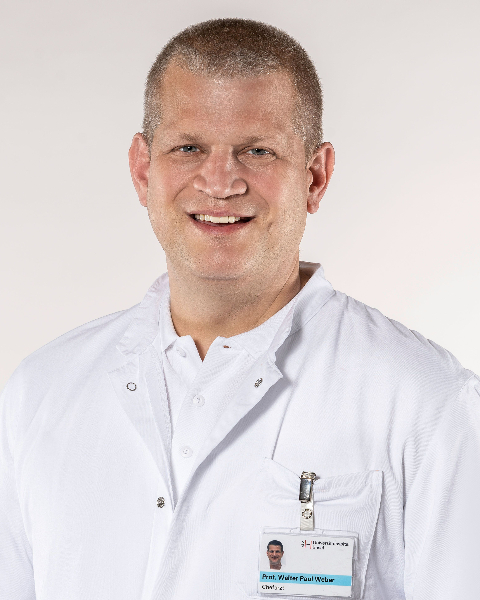
Walter P. P. Weber, MD (he/him/his)
Head of the Division of Breast Surgery
Breast Center, University Hospital Basel, Basel, Switzerland; University of Basel, Basel, Switzerland
Basel, Basel-Stadt, Switzerland
Abstract Presenter(s)
Submitter(s)
Author(s)
Methods:
Data were collected from 42 centers: 20 in the Oncoplastic Breast Consortium (OPBC) and EUBREAST networks, and 22 in North and South America. We included cT1-4 N0-3 breast cancer patients who underwent NAC followed by axillary staging with either SLN biopsy (SLNB) or targeted axillary dissection (TAD) and were found to have residual ITCs [ypN0(i+)]. Axillary treatment included completion ALND and/or nodal radiotherapy (RT). Competing risk analysis was performed to assess the cumulative incidence rates of any axillary recurrence (AR), locoregional recurrence (LRR), and any invasive (locoregional or distant) recurrence. Five-year cumulative incidence rates were compared using the Gray’s test.
Results:
We included 412 patients treated between 01/2009-05/2022. 146 (35.4%) had completion ALND and 266 (64.6%%) did not. Median patient age was 48 years. 57% of patients had cT2 tumors and 68% had biopsy-proven N1 disease. 41% had HR+/HER2- tumors and 80% received anthracycline and taxane-based chemotherapy. 83% received nodal RT. Patients treated with ALND were more likely to have ITCs detected on frozen section (61% v 6.7%, p< 0.001), to have N2/3 disease (15.1% v 5.6%, p=0.001) and to have LVI (40% v 26%, p=0.004) (Table 1). In the ALND group, additional positive nodes were found in 43/146 (29.5%) of cases, and consisted of macrometastases in 11/146 (7.5%), micrometastases in 9/146 (6.2%), and ITCs in 23/146 (15.8%). 5-year rates of any AR, LRR, and any invasive recurrence in the entire cohort were 2.7% (95% CI 1.2-5.4), 2.8% (95% CI 1.2-5.4) and 16% (95% CI 11-21), respectively. There was no statistical difference between patients who underwent ALND and those who did not in any of the 3 endpoints (2.2% v 3.1%, p=0.6), (2.6% v 3.0%, p=0.4) and (14% v 18%, p=0.12), respectively.
Conclusions:
Additional positive lymph nodes in patients with ITCs after NAC are found in 29.5% of cases, and the majority contain ITCs. Nodal recurrence after omission of ALND is rare in this population. Overall, these results do not support routine ALND in patients with residual ITCs.
Learning Objectives:
- Describe what is the the likelihood of finding additional positive lymph nodes in patients with residual ITCs in the sentinel lymph node after neoadjuvant chemotherapy.
- List the rate of axillary recurrence in patients with residual ITCs in the sentinel lymph node after neoadjuvant chemotherapy treated with or without Axillary Dissection.
- Incorporate this information in clinical practice.
